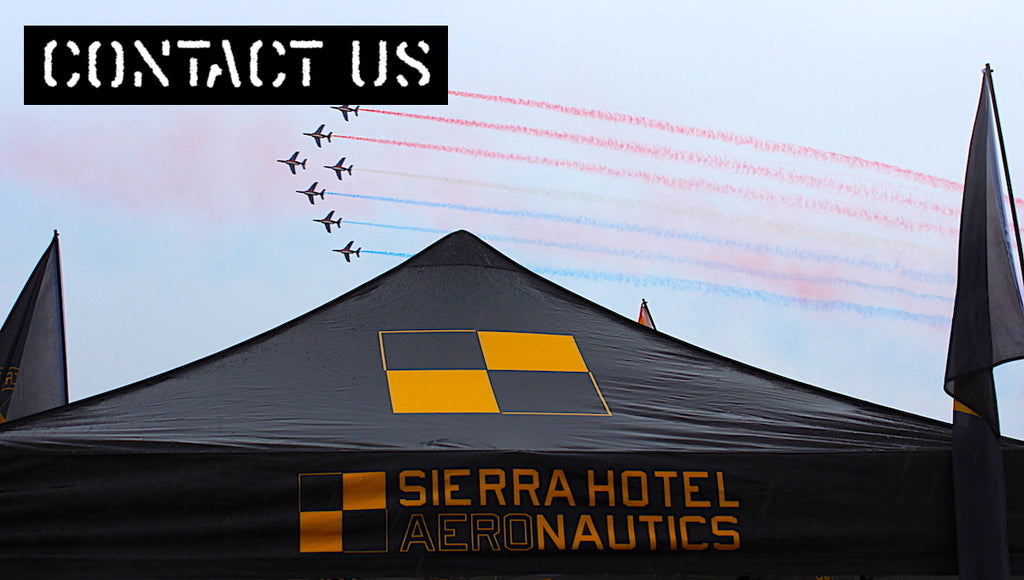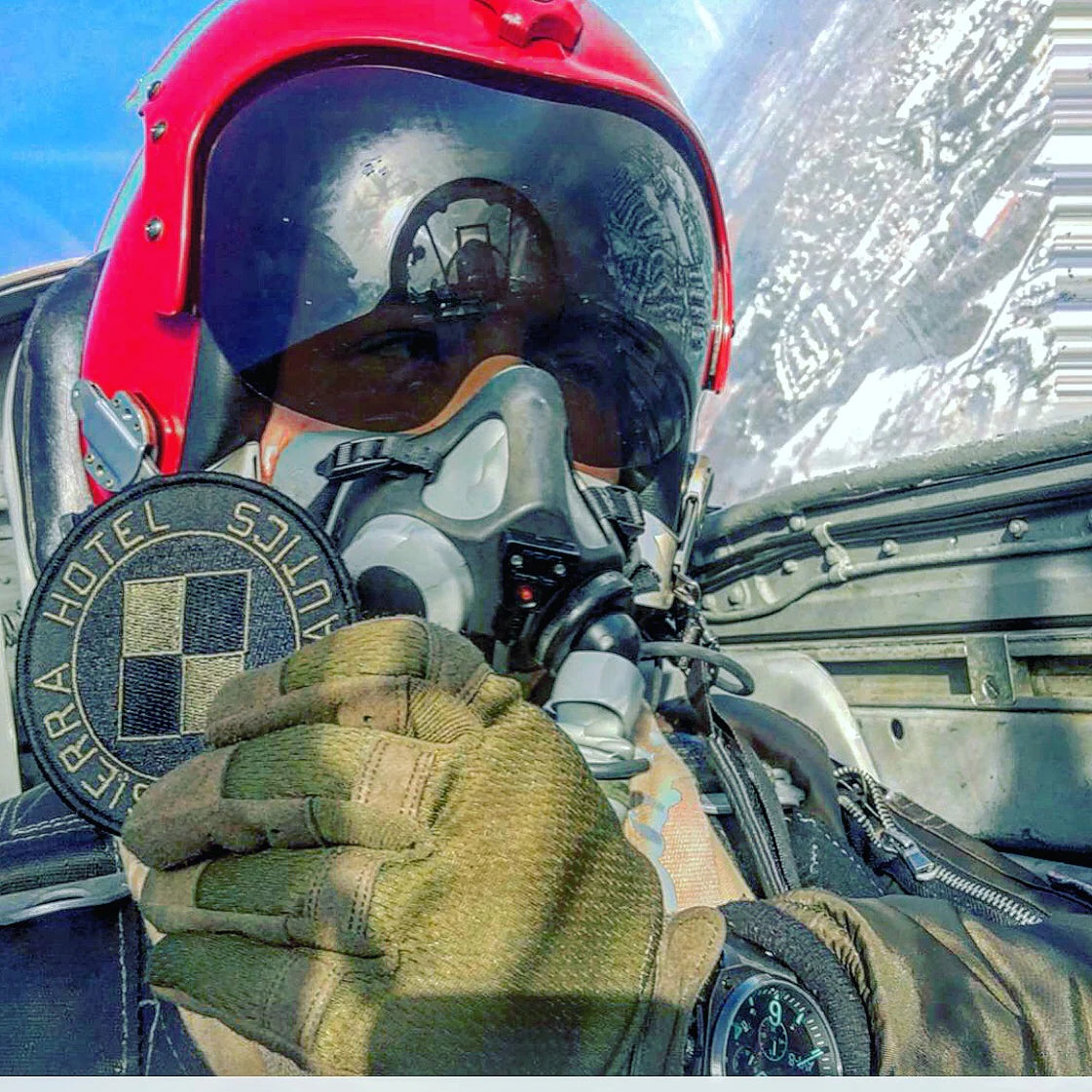The FB-111 Supersonic Medical Transport

Valentine's Day is usually for matters of the heart, but on February 14th 1986...sending someone a Valentine's Day gift took on an entirely new meaning.
A 46-year-old man named Richard Reinhardt of Pine Plains, N.Y., was in dire need of a heart transplant. And on this particular day, the greatest news was received. A heart had come available in Oklahoma, and Richard was named a potential recipient. That was until the folks at Hartford Hospital realized that a chartered private jet would take too long to cover the required distance. A heart can only remain viable for a period of 3 1/2 hours before a transplant operation must be completed. If Richard was to have any hope of living, someone would have to do some fast thinking.
Well, that day, the impossible happened when someone reached out to the US Air Force for help, and started massive gears in motion, with a communication fired off to 509th Bombardment Wing Strategic Air Command Facility at Pease AFB in New Hampshire.
A 46-year-old man named Richard Reinhardt of Pine Plains, N.Y., was in dire need of a heart transplant. And on this particular day, the greatest news was received. A heart had come available in Oklahoma, and Richard was named a potential recipient. That was until the folks at Hartford Hospital realized that a chartered private jet would take too long to cover the required distance. A heart can only remain viable for a period of 3 1/2 hours before a transplant operation must be completed. If Richard was to have any hope of living, someone would have to do some fast thinking.
Well, that day, the impossible happened when someone reached out to the US Air Force for help, and started massive gears in motion, with a communication fired off to 509th Bombardment Wing Strategic Air Command Facility at Pease AFB in New Hampshire.
.
The unlikely answer came in the form of two Fb-111 supersonic strategic nuclear weapons capable multirole combat fighter jets, that on a normal day, would be on ready alert, or on a low-level deep penetration training mission.
.
The General Dynamics FB-111 with her incredible swing-wing design, and two engines capable of over 50 thousand pounds of thrust with afterburners, which allows her to climb at 26,000 feet per minute, and reach speeds of over two and a half times the speed of sound(1,650 miles per hour) was the answer to anyone's problems requiring an instrument of high velocity.
.
Two FB-111’s slated for a training flight to Norfolk, were now reassigned, and re-designated as the world's fastest medevac service, and their new mission was to head to Oklahoma.
.
As a safety measure, the Air Force assigned the second FB-111 as an emergency back up in case the lead aircraft suffered a mechanical and could not complete the journey.
.
The flight of two supersonic fighter bombers scrambled, climbing for higher as the afterburners lit up the sky, wings sweeping aft, accelerating faster than sound itself, westbound on their unique mission of hope. In Oklahoma the medical transplant team hurriedly prepared for their expeditious arrival at their destination, Tinker Air Force Base.
.

.

.
When the heart finally reached the Air Force Base in the middle of the night, the two FB-111's were already standing by. Strategic Air Command, and Tactical Air Command crews are well accustomed to standing on alert status until the klaxon sounded, ready to leap to action at any given second. Scramble Alerts, and Minimum Interval Take-Offs, these crews were no strangers to moving fast, but today, they had to move even faster.
.
The heart was loaded, and the two FB-111s launched back towards the East coast. The time was 3am.
.
The heart was loaded, and the two FB-111s launched back towards the East coast. The time was 3am.
.

.

.
Racing against the clock, a friendly KC-135 tanker aircraft from the 509th Bombardment Wing, Medium, greeted the thirsty fighter bombers high over the midwest. Screaming across the ground at over 700kts, the F-111s were quickly burning through their collective fuel loads, and as it is said..."Nobody Kicks A** Without Tanker Gas."
.
Forming up with a fellow aircraft from their home base in New Hampshire, the two jets topped off their fuel tanks, then broke away from the tanker plane, once again pushing their throttles forward, lighting up their afterburners, and accelerating eastbound with their lifesaving payload.
.
Forming up with a fellow aircraft from their home base in New Hampshire, the two jets topped off their fuel tanks, then broke away from the tanker plane, once again pushing their throttles forward, lighting up their afterburners, and accelerating eastbound with their lifesaving payload.
.

.
The two supersonic fighter bombers arrived at Bradley International Airport in Windsor Locks at 0500 (5 a.m.), reported Lt. Steve Solmonson, a public affairs officer at Pease AFB. Once the two aircraft rolled to a stop, the heart was quickly transferred into an awaiting ambulance that immediately set off for Hartford Hospital.
The mission and the operation were a complete success, with transplant recipient Richard Reinhardt of Pine Plains, N.Y., doing well following his life-saving surgery at Hartford Hospital.
The mission and the operation were a complete success, with transplant recipient Richard Reinhardt of Pine Plains, N.Y., doing well following his life-saving surgery at Hartford Hospital.
As the engines on the Air Force jets cooled in the morning air, the crews quietly celebrated another successful mission.
.
Whether standing by until the call to install Warsaw Pact central heating in 30 min or less or racing a human heart across the country faster than the speed of a rifle bullet, the crew succeeded in what they were trained to do...payload delivered on time and on target.
.
.












A retake of the actual press release. The Truth was they didn’t fly supersonic, but close to it. Mach Meter tells the story! Anyway, 3 cheers for my FB-111A! 4 yrs on it, 10 on the other models.
I was in the command post and received the initial call asking for help. I thought it was a prank and almost hung up! Helped coordinate the mission. Along with the crews, met the heart recipient at his hospital on Valentines Day. CNN covered it. Almost a year later Richard came to visit our command post and the aircraft involved. I hope he is still doing well
Super story. Thank you.
Really great.
This story was published on FB-111.net many years ago and originally written by MSgt Edward Jackson was the Instructor Boom Operator during this mission. Other crew member of the KC-135A were Lt Col. Brent Chapman (pilot), Capt. Leone Atsalis (co-pilot), 2Lt Steven Tucker (nav), and Amn Daniel Wells (boomer). KC-135A s/n was 62-3509 "Spirit of the Seacoast ". Second FB-111A was crewed by Lt Col Peter Greenwalt (pilot) and Capt. Charles Sherlin (nav). The FB-111s and KC-135 crew all received the Air Force Achievment Medal for their accomplishment during this life-saving mission.
Leave a comment